Wednesday, October 3, 2018 -
In the truck with Sebastian our guide, we head south from the hotel toward the Lagoons and the largest Salt River Flats in the world near Bolivia.
Forty percent of the lithium in the world comes from this area.
In the truck with Sebastian our guide, we head south from the hotel toward the Lagoons and the largest Salt River Flats in the world near Bolivia.
Forty percent of the lithium in the world comes from this area.

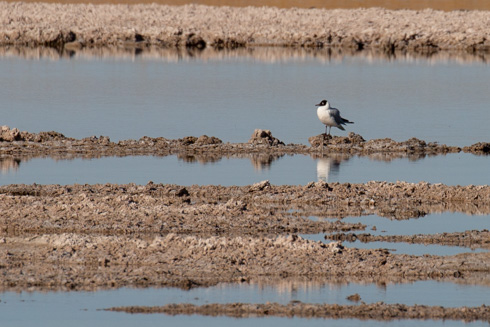
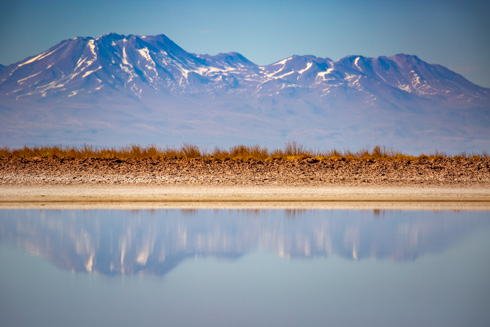

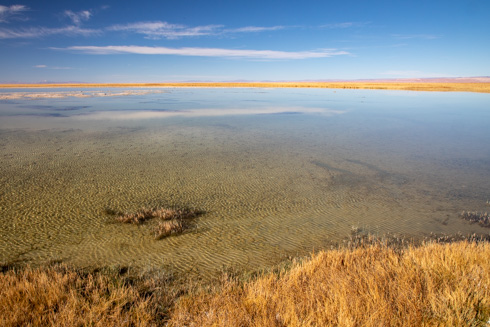
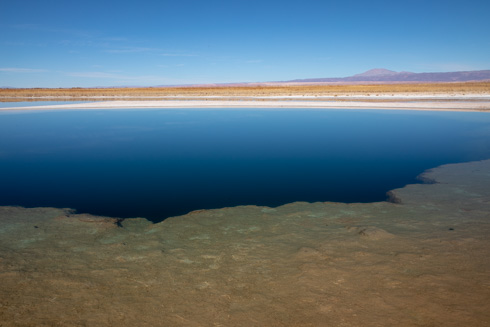

The people who lived in the area were known to as the 'Leconoti' culture.
These sinkholes are off limits to swimmers - and their water is fresh - or maybe not as salty as other waters.
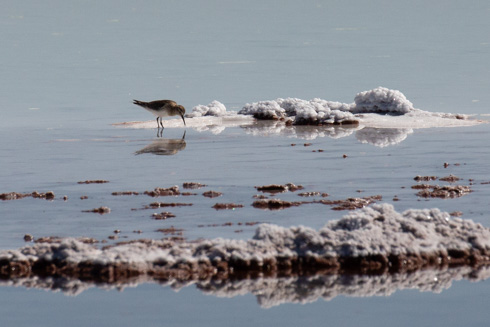
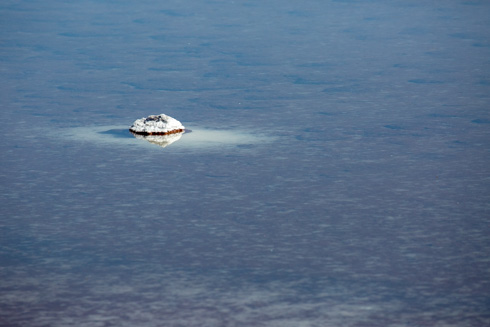
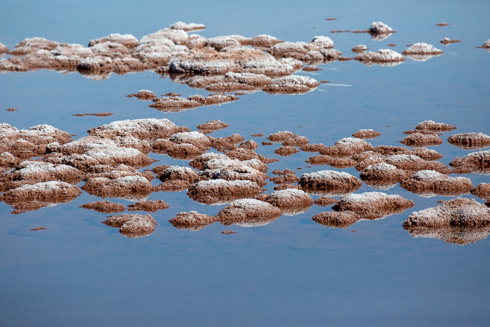
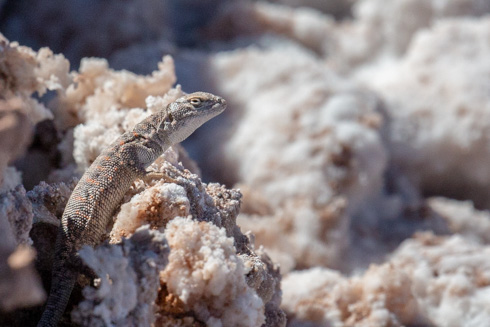
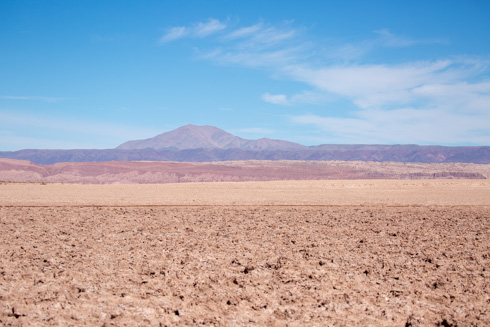
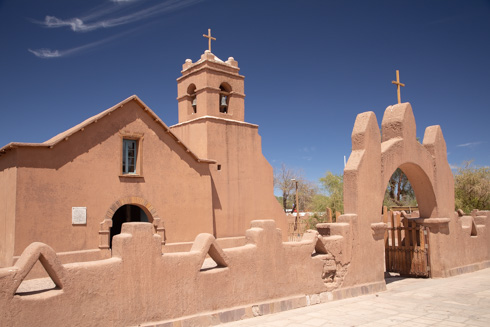



We made it back to Awasi for a late lunch of salad greens with avocado and cauliflower soup.
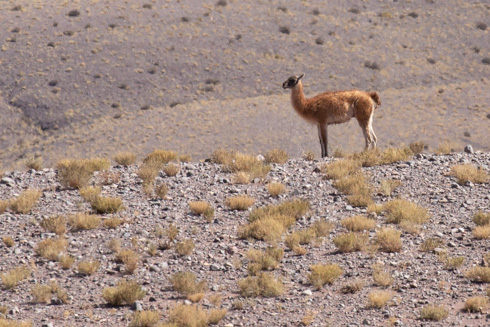
In this herd were females, 4 small and one alpha male.


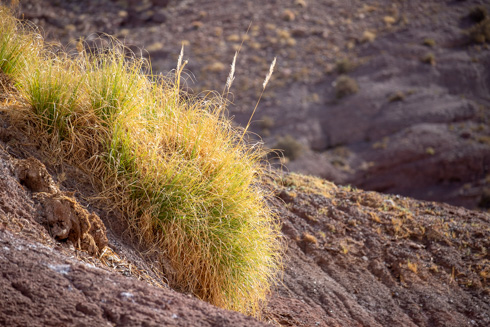

The volcanoes from the Andes left a red/brown ash which created a variety of colors over the rock formations.
We saw a Siskan, a black bird that displays his yellow feathers when flying.
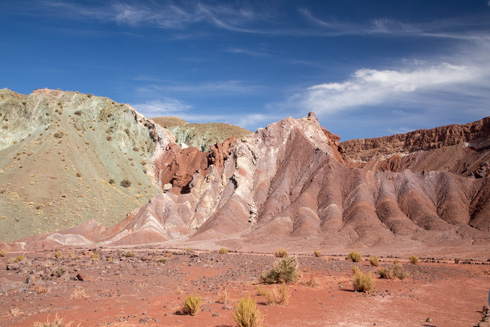
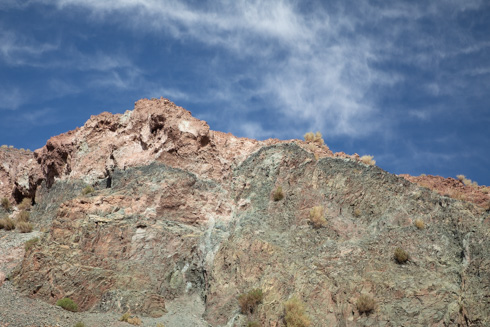



We saw a patch of green on the dessert area that is irrigated by natural springs. There were hoses running from the springs to a reservoir to irrigate the farms below.
On the side of the road, we saw a herd of llamas indicating a shepherd must be nearby. Llamas graze on this area and are adapted for this high altitude.

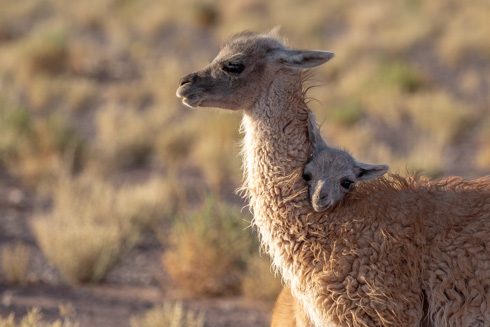
On our way, we saw a baby guanaco playing with a young guanaco on the side of the road. Cal captured beautiful pictures of the pup hugging, kicking and jumping about.

A guanaco's typical lifespan is 20 to 25 years.
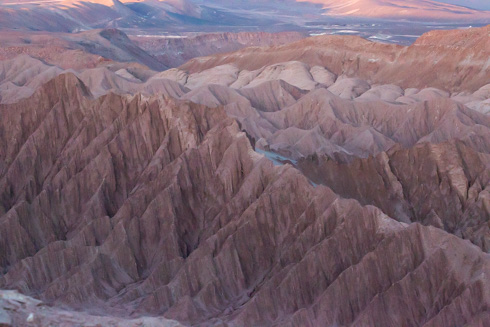
With the sun set, we headed back to Awasi.
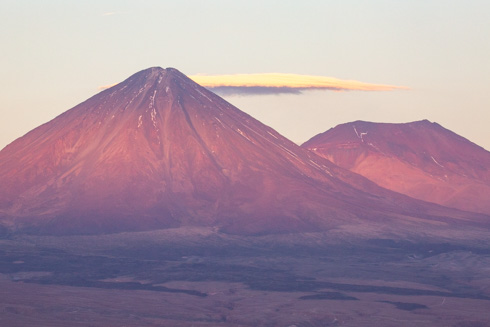
In the past, it used to be a sacred place for the Inca Empire. According to legends, the Incas would carry out religious ceremonies to worship the sun during the zenith of their power.


Dinner was a fish stew with crusty mustard honey rolls and creme brulee' for dessert.